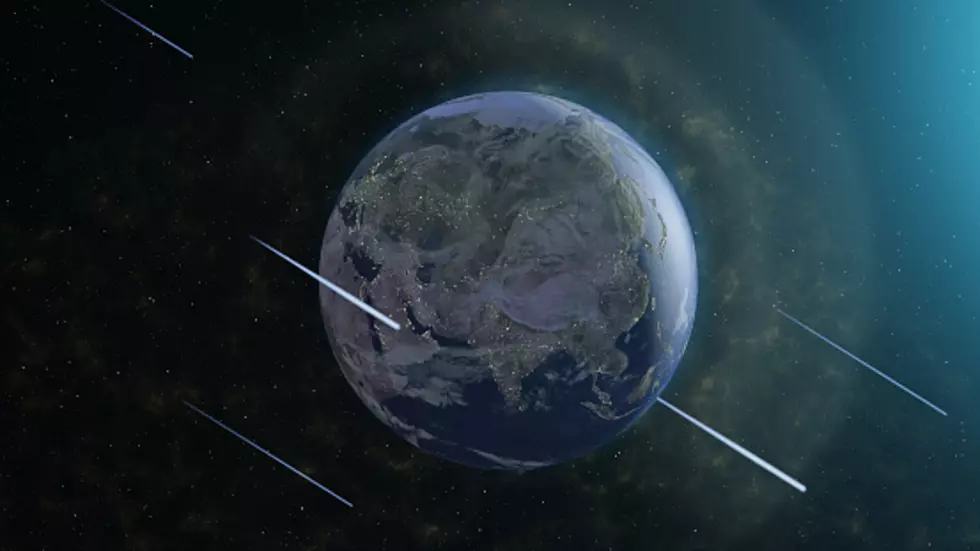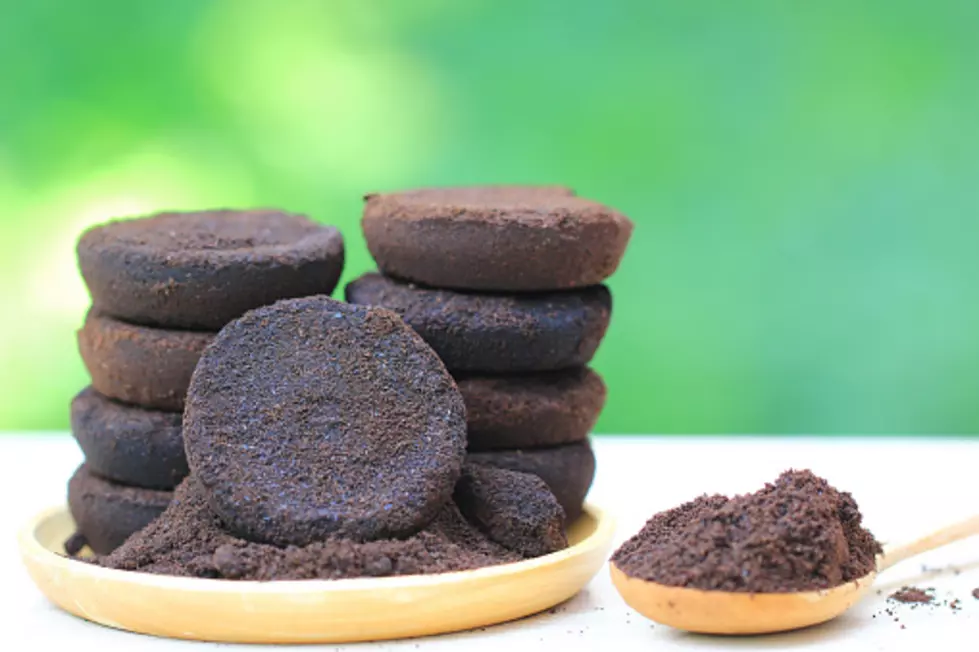
We’ll Get Shooting Stars Over Illinois This Week With The Leonids
If you were lucky enough to be up and around last week to take in the lunar eclipse (which was spectacular and easily viewable here in Northern Illinois), you might be interested in another potentially tremendous sky-show this week with the Leonid Meteor Shower.
The annual Leonid meteor shower begins ramping up this week before hitting its peak shortly after midnight on Friday morning, when viewers in and around our area might be looking at up to 15-20 meteors per hour.
Some experts even claim that we'll see a lot more than that, forecasting up to 200 meteors per hour!
This Week's Waning Moon (Only 36% Lit) Will Make Viewing Easily Possible Without Using A Telescope Or Binoculars
The American Meteor Society (AMS) says that on Saturday (November 19th), experts predict that Earth could be passing through the same dust trail that caused a meteor storm in 1733 that featured over 200 “shooting stars” per hour. Other experts suggest 50 per hour, which would still be a lot of meteors flying overhead.
NASA says that unlike some other meteor showers, Leonid meteors are known for being colorful, fast, and bright, with trails that can linger for several seconds as they streak across the sky.
There's A Difference Between A Meteor Shower And A Meteor Storm, So Let's Hope For A Meteor Storm
This may work out even better for those of us who'll be up to have a look, according to NASA:
Every 33 years, or so, viewers on Earth may experience a Leonid storm that can peak with hundreds to thousands of meteors seen per hour depending on the location of the observer.
A meteor storm versus a shower is defined as having at least 1,000 meteors per hour. Viewers in 1966 experienced a spectacular Leonid storm: thousands of meteors per minute fell through Earth's atmosphere during a 15-minute period. There were so many meteors seen that they appeared to fall like rain. The last Leonid meteor storm took place in 2002.
LOOK: The most extreme temperatures in the history of every state
27 Best Places for Hot Soup on a Cold Day in Illinois
More From WROK 1440 AM / 96.1 FM









